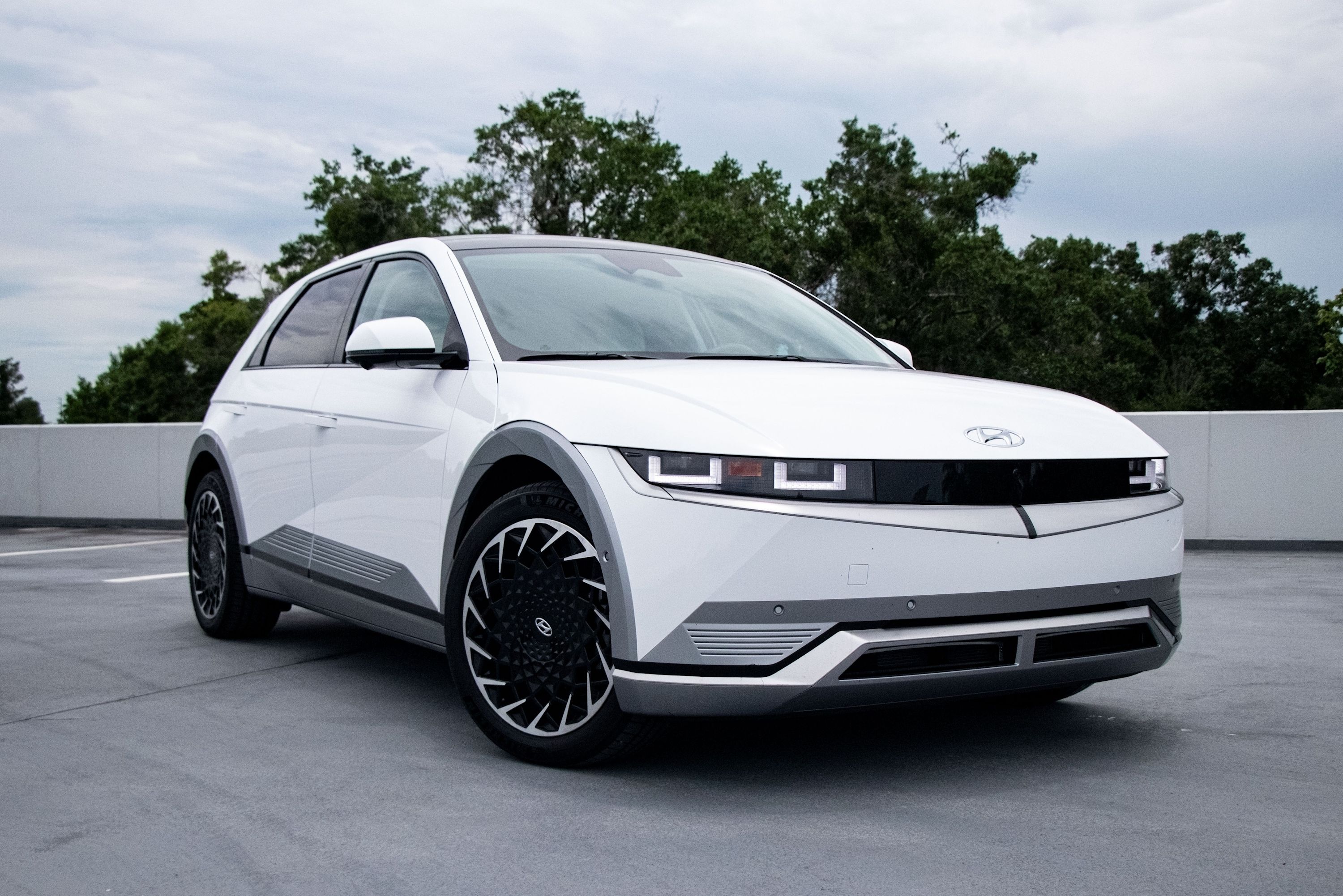
Hyundai is readying its vehicles for Level 4 autonomy and beyond and has filed a new patent to this end for brake and throttle pedals that can hide themselves by sliding left and right, out of the way of the driver's feet, when not in use. The patent was first filed with the Korean Intellectual Property Office (KIPO) in 2021 but has now been published via the United States Patent and Trademark Office (USPTO), where CarBuzz discovered it.
Filed somewhat misleadingly as "foldable pedal apparatus for a vehicle,"the concept of folding pedals, and even sliding pedal boxes, is not at all uncommon. However, traditionally speaking, pedals typically fold away in the event of a crash, and sliding pedal boxes are usually the reserve of high-end supercars where the seat is molded into the chassis. Hyundai's invention is for neither of these - although its principles would be used in the event of a crash to hide the pedals away - and instead focuses on removing the pedals from the cabin when a car engages in self-driving mode that requires no input from the driver.
The gas and brake pedals are mounted on a sliding rail, when the autonomous driving mode is engaged, these pedals slide to the left and right. In doing so, the pedals are entirely hidden, leaving the driver (or passenger once the car is driving itself) with ample legroom to stretch out. In a Level 4 car, the driver must still do some driving, as autonomous driving functions will be geofenced.
Once manual driving is engaged, the pedals slide back to their original position, or the driver can adjust the pedals to their liking. The pedals can be moved closer together, and the brake pedal can be hidden entirely if the driver wishes to use the one-pedal driving method in an EV.
So what's the point? Well, the main aim here is safety. The big difference between Level 3 and Level 4 is not paying attention. A driver can already start removing their hands from the wheel at Level 3, but they must keep an eye on surrounding conditions, even though manufacturers like Mercedes-Benz have stated that it will take the blame for accidents.
No concentration is required at Level 4, which will mostly be used for freeway journeys. As you can imagine, people will either play with their phones or fall asleep. There's a real danger that the driver may then unintentionally kick or stomp on one of the pedals, which could lead to a crash, which is why Hyundai wants them out of the way. Even if they were stored elsewhere, like sliding forward and hiding nearer the seat, Hyundai says the risk of activation is too high.
Because many modern cars, particularly EVs, now use drive-by-wire connections for electronic throttle bodies and the like, there is no need for a physical connection, meaning the pedals themselves act as nothing more than an electronic control interface. That's what enabled them to be moved out of the way entirely.
Hyundai is the next OEM on the verge of reaching Level 3 autonomy following legislative permissions being granted to Mercedes-Benz in the USA already. However, this new tech is aiming further down the line to when Level 4 autonomy arrives. It's possible that when that happens, Hyundai's dual-joystick controls will also be implemented in some models, perhaps even a successor to the Hyundai Ioniq 5.
